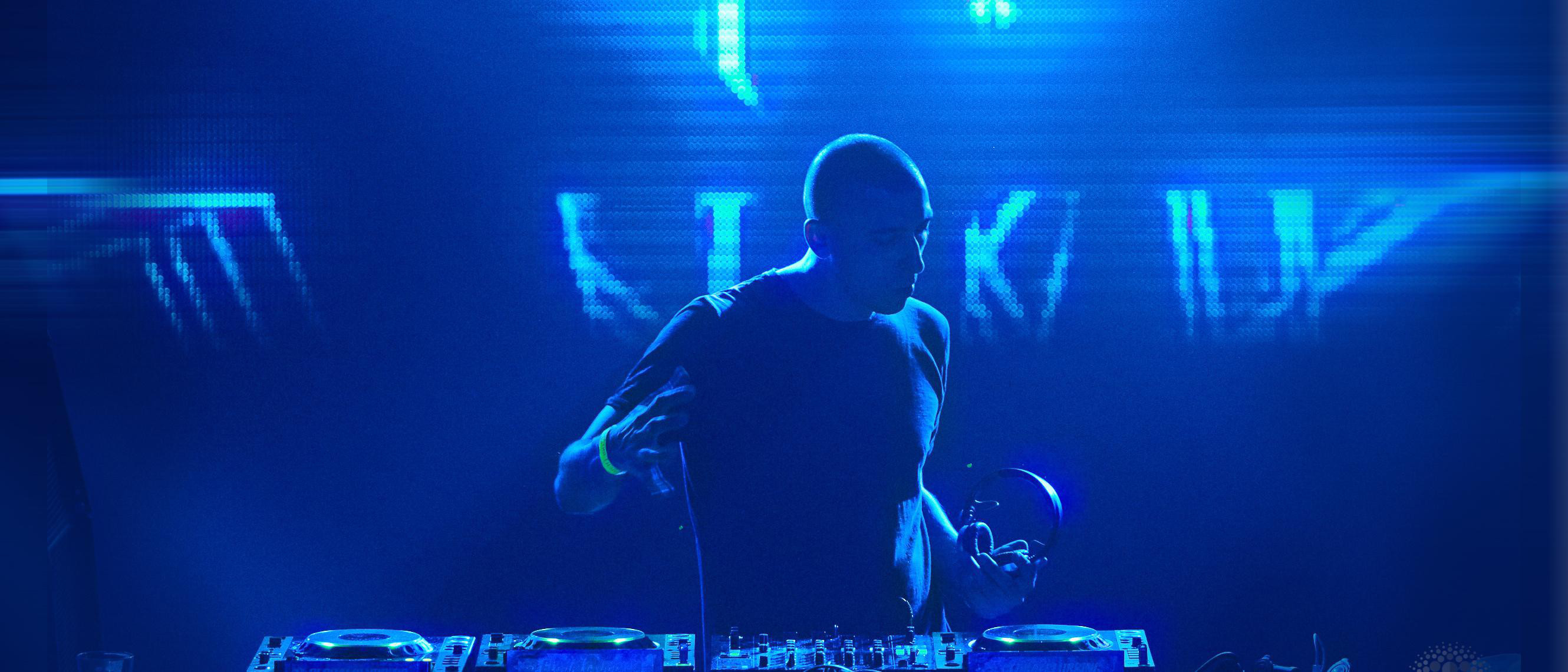Growing from humble roots into one of the most acclaimed indie rock acts of the 2000s and 2010s, Grizzly Bear began as the home recording project of Boston-bred singer Edward Droste. Holed up in his Brooklyn apartment, he laid the groundwork for the band's otherworldly debut album on a small hand-held tape recorder. His homespun effort took on new life with the help of multi-instrumentalist Christopher Bear, a Chicago native who had worked in musical projects ranging from laptop electronica to free jazz. Bear added instrumentation and vocals to Droste's sonic blueprints, resulting in 2004's Horn of Plenty.
To build a live show for the project, Bear recruited multi-instrumentalist/producer Chris Taylor and guitarist/vocalist/songwriter
Daniel Rossen. The band's first tours featured improvisations of Droste's early songs; later, they developed new material together, and
Rossen began contributing songs of his own. In 2005, Grizzly Bear retreated to Cape Cod to record their first album as a quartet, Yellow House -- a tapestry of multi-layered harmonies, guitars, woodwinds, and electronics set to Droste's and
Rossen's songs.
Warp released the album in September of 2006. The Friend EP, which featured outtakes and alternate versions of songs as well as covers by
Beirut,
CSS, and
Band of Horses, arrived in 2007.
After touring with
Radiohead in 2008, Grizzly Bear recorded their elaborate 2009 album Veckatimest at upstate New York's Allaire Studios. Named for an uninhabited island on Cape Cod, it featured collaborations with contemporary classical composer/conductor
Nico Muhly,
Beach House vocalist Victoria Legrand, the Acme String Quartet, and the Brooklyn Youth Choir. The album was a resounding success, debuting at number eight on the Billboard 200 and making the band a ubiquitous entry on year-end lists. Later that year, the band reunited with Legrand for "Slow Life," which appeared on the soundtrack to The Twilight Saga: New Moon. They also contributed a pair of tracks -- "Deep Blue Sea" and the
Feist collaboration "Service Bell" -- to the 2009 AIDS benefit album Dark Was the Night.
Following this flurry of activity, Grizzly Bear went on hiatus. They reconvened in 2011 to begin work on their fourth album, but most of the tracks they recorded in Marfa, Texas were discarded. During this time, Taylor released Dreams Come True, his 2011 debut album as
CANT, while
Rossen issued the 2012 solo EP Silent Hour/Golden Mile. The group started fresh in 2012, returning to where they recorded Yellow House and taking a more collaborative songwriting approach. They released Shields that September and followed it a year later with a deluxe edition that included B-sides, remixes, and previously unreleased songs.
After finishing the Shields tour, the members of Grizzly Bear once again went their separate ways.
Rossen moved to upstate New York and worked on his own music; Droste, Bear, and Taylor landed in Los Angeles. Bear's projects included scoring work for the HBO TV series High Maintenance, while Taylor did production work for other artists and wrote the 2015 cookbook Twenty Dinners with his friend Ithai Schori. That year, Grizzly Bear began collaborating again, trading demos remotely and slowly working toward a set of new songs. Recorded at Allaire Studios and Hollywood's Vox Studios, as well as Taylor and
Rossen's recording spaces, 2017's Painted Ruins paired wide-ranging lyrics with expansive arrangements in playful, rhythmically driven songs. ~ Bret Love, Rovi
